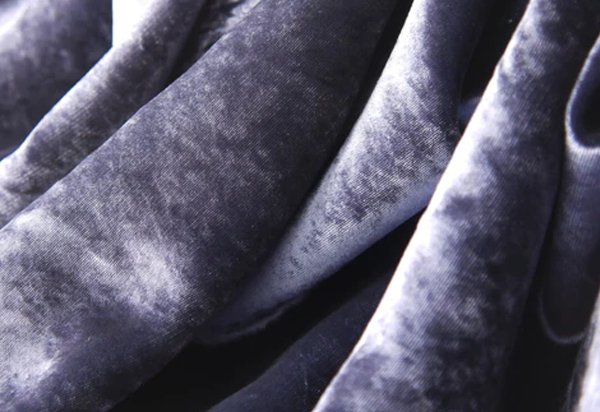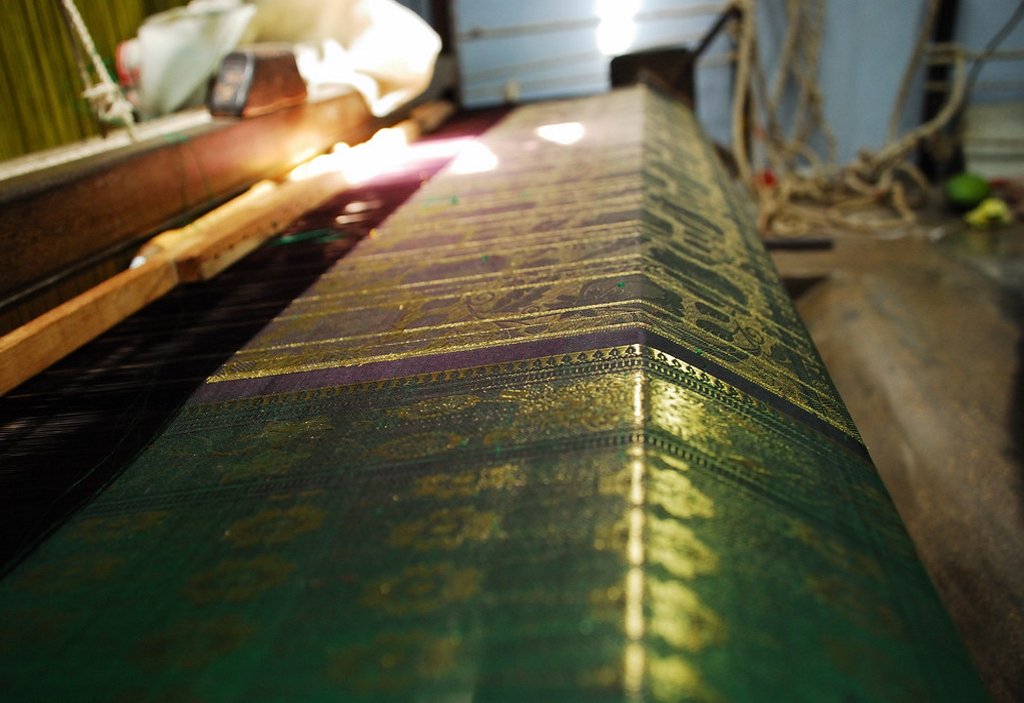One of India's most popular handloom locations is Chanderi, a small town in Madhya Pradesh. So what's its specialty? It is known for producing textiles embellished with vibrant zardozi work and intricately textured cotton and silk fabrics.
Pure Chanderi has a history dating back to the eleventh century. Its proximity to the old Deccan and Central India ports made the town a major trading hub at that time. This traditional fabric has a sheer, light texture, and a luxurious drape thanks to its lightweight and sheer texture. Chanderi fabrics can be divided into three categories: pure silk, silk cotton, and chanderi cotton. Chanderi motif designs have undergone significant changes over the years. Chanderi is also used in modern geometric patterns, along with peacocks, ancient coin patterns, and florals.
Chanderi fabrics are made by weaving silk and zari into the fabric. A glorious and shimmering textured fabric is the end result of the use of old-fashioned cotton yarns. Chanderi's lightweight appearance and sheer texture make it a popular ethnic fabric. In order to create the shimmering texture of the Chanderi fabric, silk and golden Zari are woven into traditional cotton yarn.
The sheerness of the Pure Chanderi fabric makes it stand out from other textiles made in India. A single flature yarn is used in the production of this fabric, which creates transparency. As a result of not separating the glue from a raw yarn, the non-degumming process renders a fabric with shine and transparency that resembles a Flature yarn. Chanderi fabrics primarily have buttis or motifs woven by hand on looms using needles. Different needles are used for each motif. The motifs are coated with gold, silver, and copper. Swans, gold coins, fruits, and heavenly bodies are some of the motifs used in Chanderi weaving.
Dressed in Chanderi embroidery, you embody ageless romance and deeply rooted Indian heritage. Pure Chanderi is an ethnic fabric distinguished by its lightweight, sheer texture and fine luxurious feel. The shimmering texture of Chanderi fabrics is obtained by weaving silk and golden Zari into traditional cotton yarns. There are three main types of fabrics produced by Chanderi: silk cotton, pure silk, and chanderi cotton. Over the years, patterns for Chanderi cotton have taken many forms. Modern Chanderi embroidery also features geometric patterns in addition to floral patterns, peacock prints, and coin designs from ancient times.
Its exquisite quality is owed to the fact that Chanderi is made from extremely fine yarns. Chanderi is suitable for any season. Chanderi fabric is used for making a wide range of products including silk and cotton sarees, fabric, handloom sarees and dress materials. Chanderi embroidery is not only used to design pleasing saris, but also pillows and curtains, as well as various kinds of clothing items. You won't regret the advancements in choosing a quality fabric if you choose well-knit Pure Chanderi and Chanderi embroidery online as well.



コメントを書く
このサイトはhCaptchaによって保護されており、hCaptchaプライバシーポリシーおよび利用規約が適用されます。